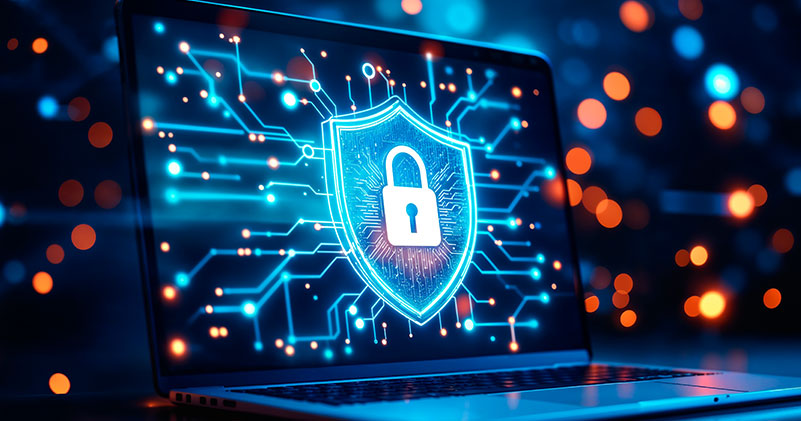Endpoint Security in the UK: How to stop cyberattacks before they strike

Every laptop, smartphone, and tablet in your business is a doorway to your data. But here’s the reality: Microsoft reports that 80–90% of successful ransomware attacks originate from unmanaged or poorly managed endpoints. HP research backs this up, showing that 70% of cyberattacks start at the endpoint, while Cisco’s UK Cybersecurity Readiness Index reveals that only 4% of UK organisations are at a “mature” level of cyber readiness.
The stakes are high. The average cost of a data breach in the UK is now £3.29 million, and with hybrid work and AI-driven attacks on the rise, the risk is only growing. Dell notes that 90% of organisations have seen an increase in endpoint security issues, and Lenovo warns that the endpoint remains the primary vector for cyberattacks, prompting them to embed AI-powered security into millions of devices.
Why endpoint management matters more than ever
- Cyber threats are escalating: HP Wolf Security reports that 80% of threats are delivered via email, often targeting endpoints.
- Hybrid Work expands the attack surface: With employees using personal devices for work, visibility and control are critical. ·
- Compliance pressure: GDPR and upcoming UK cyber regulations make endpoint security a legal and financial necessity.
What does a strong Endpoint Management Strategy include?
- Device enrolment & inventory: Know every device accessing your network—corporate or BYOD.
- Patch & Update Management: Close security gaps with timely OS and app updates.
- Security & Compliance Policies: Enforce encryption, antivirus, and conditional access.
- Application Management: Deploy approved apps and block unauthorized ones.
- Remote Management: Wipe or lock lost devices instantly to protect sensitive data.
- Reporting & Visibility: Continuous monitoring and compliance reporting for peace of mind.
What should businesses do now?
- Audit Your Environment: Identify all devices accessing your network—corporate and BYOD. ·
- Implement Centralised Management: Use tools like Microsoft Intune or similar platforms to enforce consistent policies.
- Prioritise Patch Management: Automate OS and application updates to close security gaps quickly.
- Strengthen Security Policies: Enforce encryption, antivirus, and conditional access across all endpoints.
- Plan for Remote Response: Ensure you can remotely wipe or lock lost or stolen devices.
- Monitor and Report: Set up continuous compliance monitoring and generate regular reports for visibility and governance.
- Educate Your Workforce: Human error is still the biggest risk—train employees on security best practices.
The risks of doing nothing
- Increased vulnerability to ransomware and phishing.
- Higher operational costs from reactive fixes.
- Regulatory fines and reputational damage.
- Loss of customer trust after a breach.
The bottom line is Endpoint management isn’t just an IT task—it’s a business-critical strategy.
Start by assessing your current posture, then implement the right tools, policies, and processes to stay ahead of evolving threats.
Lee Gatland
Head of Technology Services
